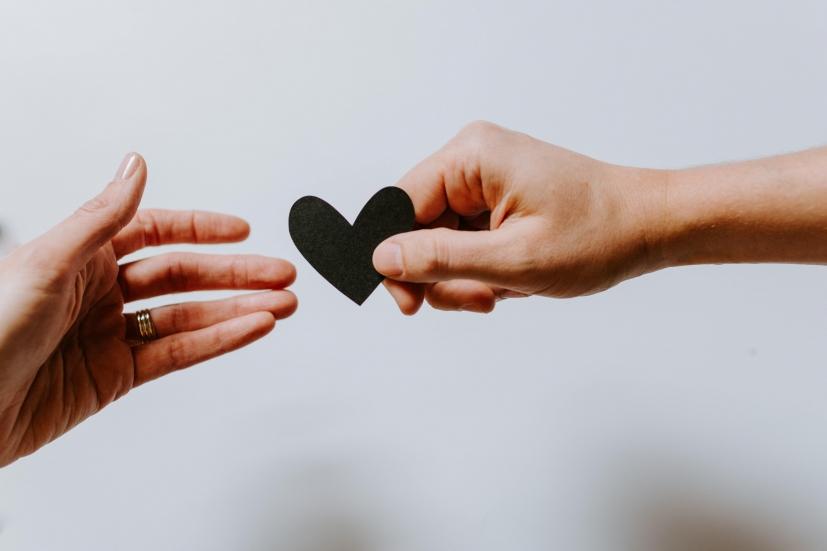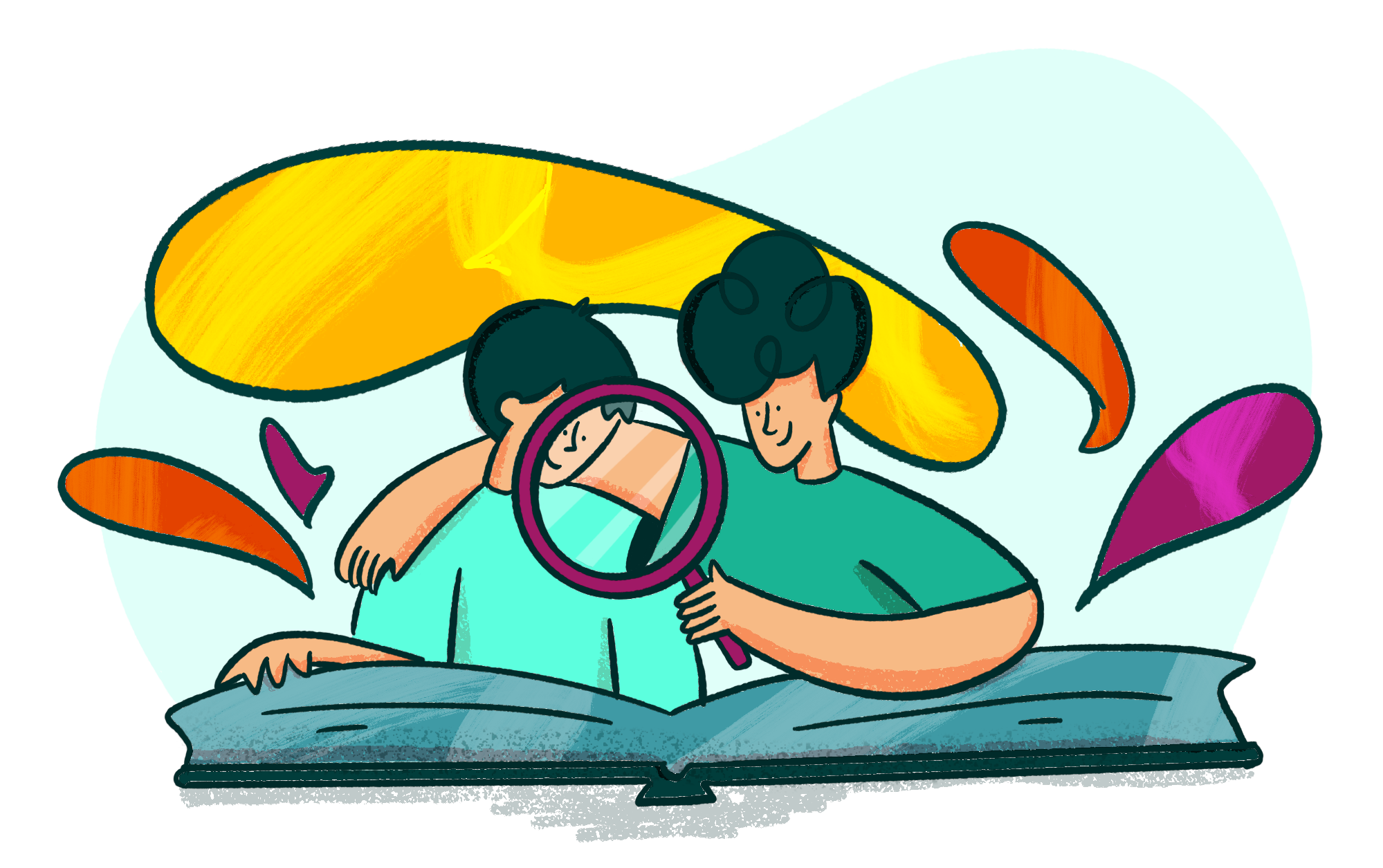What Mental Health Professionals Say About Suicide
Over 700,000 die due to suicide every year, and many more are affected, whether as someone who is grappling with suicidal ideation, or as a loved one. Here’s what mental health professionals share about understanding suicide.

Suicide is a serious public health problem, but it is often said to be preventable. We speak to three mental professionals on the issues surrounding suicide and how it is perceived, and how greater awareness and conversation can create safer spaces for all.
Dr Elaine Yeo and Dr Jacob Rajesh are Senior Clinical Psychologist and Senior Consultant Psychiatrist at Promises Healthcare respectively. Dr Jared Ng is Senior Consultant at the Institute of Mental Health (IMH).
Suicide: Triggers and Misconceptions
“Suicidal ideation refers to someone wanting to take their own life or thinking about doing so. In active suicidal ideation, the person keeps thinking about dying and even plans on how to [do so],” says Dr Rajesh Jacob. “Regarding passive suicidal ideation, the person wants to die, but doesn’t make a plan.”
Stressors can include loss of employment, undergoing separation or divorce, being diagnosed with a serious medical illness and bereavement. “People suffering from chronic medical illness with significant pain can also experience suicidal ideation,” Dr Rajesh said, adding: “The risk of completing suicide successfully increases with history of past suicidal attempts.”
Trauma — an emotional response to distressing events like abuse, loss of a loved one, and disasters — can also increase a person’s risk of suicide. Dr Elaine Yeo notes that trauma, especially when repeated, can “destroy a person’s ability to regulate their emotions, tolerate distress, and engage in problem-solving”.
“Without the ability to self-soothe and consider different options, a person who has experienced trauma is more likely to feel that they cannot cope in the face of distress, therefore viewing suicide as the only option and increasing their risk of developing suicidal ideation,” she says .
A common misconception is that only people with mental illnesses will take their lives, but Dr Ng stresses this is not true. “I think patients with mental illnesses are at higher risk because of certain symptoms. But we do see many cases that are not diagnosed with any mental illnesses, but because they are undergoing so much stress in their life,” he says.
From Ideation to Action: The Tipping Point
“People have suicidal ideation because they are in intense emotional pain and, in their helplessness and hopelessness, death and suicide feel like the only way to eliminate pain,” says Dr Yeo. “The tipping point comes when people believe they have tried and failed at every possible avenue to get rid of this pain, leading them to lose all hope.”
When suicidal ideation becomes “more intense, frequent and preoccupies the individual, then it is a worrying concern”, says Dr Rajesh. “Thinking and formulating a concrete plan about the means of committing suicide, doing last acts such as sorting out financial matters and writing suicide notes are also strong indicators.”
A person may also abandon their reasons for living and their future dreams. “For example, people who previously stayed alive so as not to hurt their family, at the pinnacle of hopelessness, may mistakenly believe that their death would take away burden and shame from their family, or that it would bring their family relief,” says Dr Yeo.
Cognitive Constriction: The “Tunnel Vision”
Cognitive constriction is a state of mind that affects people who are feeling suicidal. Dr Rajesh describes it as “black and white thinking, seeing things as all or nothing, good or bad.”
“The suicidal person is temporarily unable or unwilling to engage in effective problem solving behaviours, and may see his or her options in extreme, all or nothing terms,” he adds.
In cases of people with mental health conditions, their symptoms can exacerbate this state of mind. “For patients with depression, the core symptoms are things like low mood, feelings of guilt, a lot of negativity...So this becomes ‘a double whammy’. They already have stress, they have depression, and they don't see a way out of their stressors. So death becomes the next best thing,” says Dr Ng.
In these moments, a mental health professional may be needed. “You tend to self-isolate, because you don't want to cause any more problems to people around you. You don't feel that you can trust anyone. You don't have any friends...And that causes your world to shrink and becomes more and more difficult to get out of the rut.”
Talking to a psychiatrist, a mental health counsellor or psychologist is important to helping a person break out of that cycle, he says.
Preventable But Not Predictable
Suicide is preventable if the signs are observed early and help is sought or given by someone who notices. “When concerned, you can and should ask if a person is thinking of suicide,” stresses Dr Yeo.
The signs in a person can include worsening moods, growing isolation, loss of interest in hobbies, frequent mentions of wanting to end their lives, decrease in appetite and weight loss, and declining performance at school or work, says Dr Rajesh. “They may also do last acts such as writing up wills, settling their financial issues or giving away personal items and closing or transferring bank accounts to others.”
But Dr Ng also notes that people often forget that “suicide is not predictable”. People’s stress levels and personal circumstances change throughout their lives, and an intervention that works this month might not work the next.
“We know that these are the risk factors for suicide. But does it mean that someone who has all those risk factors will kill themselves in the next five years? No, it doesn't,” he adds.
Prevention can involve teaching caregivers how to notice certain warning signs, and equipping frontline workers like the police, civil defence and hotline responders on methods to intervene, and increasing facilities in communities and hospitals to cater for treatment, he suggests.
Stigma: Recognising and Fighting It
Creating a safe community for people to seek help requires society to be accepting and tackle prejudice against suicide and mental illness.
“First and foremost, suicide and mental illness is not a sign of weakness or a character flaw. Everyone responds to life stressors, trauma, and sources of distress in different ways, and it never helps to judge a person’s lived experience,” says Dr Yeo, adding that a person who attempts suicide may have spent weeks, months, or even years “fighting to eliminate their pain in other ways”.
“Second, suicide and mental illness is not a choice...many would rather be alive — many work to stay alive for the sake of others — but experience such intense emotional pain that it overwhelms their capacity to continue living,” she stresses.
The prejudice faced by people with mental health concerns can occur at the workplace, schools and even in healthcare institutions. Dr Ng notes that worldwide, patients with mental health conditions are discriminated against and “get less care, and get poorer quality of care”.
“When a patient presents to another hospital, and they look at the records, and they note that this person has got some kind of mental health diagnosis... certain impressions get formed in the person's mind,” he says, adding that there are efforts to address this in the medical community through training and sharing by IMH.
It is important that the people do not dismiss suicide as “an easy way out”, “attention seeking” or a “cry for help”. “If the public continues to believe such misconceptions about suicide, then people experiencing suicidal ideation may be ignored, dismissed, or shamed, instead of receiving the help they so need,” says Dr Yeo.
“When it comes to suicide, it is better to be cautious than sorry, given the many instances in which people have unfortunately attempted suicide and succeeded, because others did not take them seriously,” she adds.
When engaging someone who is contemplating suicide, “stay calm, do not panic, and listen without judgment,” Dr Yeo shares. Allowing them to share their pain can help the person feel connected, and “may give them the hope that they thought they have lost”.
Also, help the person identify protective factors in their lives that will give them hope, such as family, friends, and communities, as well as things to look forward to in the future.
“Having said that, please know your limits. It’s best to refer a person with suicidal ideation to a mental health professional by contacting a helpline or, if you truly fear for their safety, accompanying the person to the A&E of the nearest public hospital,” says Dr Yeo.
Speak to someone today. If you or you know someone who needs help, here’s a list of hotlines to organisations who can support you.





